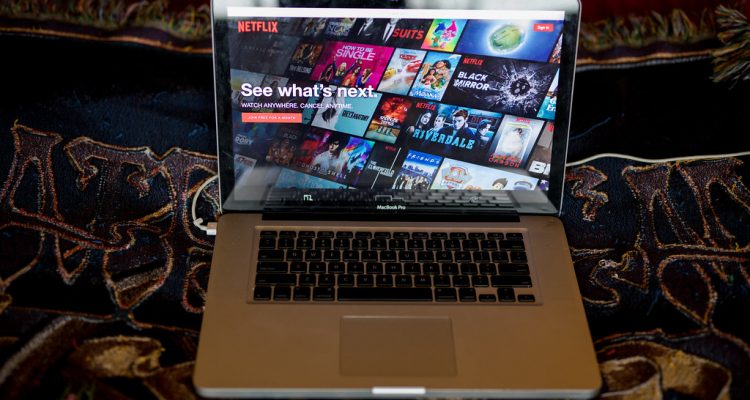The rapid rise of streaming services has successfully pulled us deeper into an enticing entertaining experience. But at the same time, it has equally succeeded in pulling us further away from one another. Whether it be Netflix, Disney+, Hulu or Amazon Prime, we have come to accept these services as an agent of our unwinding, our relaxation and our overall leisure. As enjoyable and fascinating the plethora of content that we are offered, we have subsequently been driven into an era in which isolation through our screens has become a normality, and streaming services have made it all that much easier to plummet into the black hole that is binge-watching.
According to an article published by Deadline.com, “total intake across all forms of media was measured at 11 hours and 27 minutes per day, 21 minutes of more than in the same quarter of 2018.” In addition to this, seven in ten homes now have a subscription-based video on demand service and 72 percent use streaming-capable T.V. devices. The overwhelming takeover of streaming service based technology is indisputable.
No one is here to deny that in the past 30 years through the most momentous era of technological progress, media consumption is an aspect of our everyday lives. But the argument stands as to when it is appropriate that we begin to draw the line. How do we know when it’s time to exit out of the browser instead of continuing to watch?
In her novel “Alone Together: Why We Expect More From Technology and Less From Each Other,” Sherry Turkle acknowledges that, “Technology is seductive when what it offers meets our human vulnerabilities. As it turns out, we are very vulnerable indeed.” She continues that while we previously sought stimulation through real world experiences and intimate social experiences, a very different case exists today. Turkle explains that “digital connections and the sociable robot may offer the illusion of companionship without the demands of friendship. Our networked life allows us to hide from each other, even as we are tethered to each other. We’d rather text than talk.”
I happen to agree with Turkle, however I must make a small tweak to her argument as today a similar case exists, but it is rather apparent that now we’d rather stream than talk. I’ve found that streaming services have come to fill a once special place in our celebration of the mundane. Our day in and day out routines can be painful, which push us to crave and cherish our time when nothing is asked of us. While going out on the town, seeing an old friend or playing a board game used to satisfy our social desires, we have now alternatively replaced it with our ability to switch on a screen and be stimulated by an episode of Friends. How alarming is that? How often we now spend our time sitting alone in front of a screen with a warped sense of a social experience which in reality is an all too isolating one.
The struggle is before us. Of course it is a matter of our own autonomy and whether or not we decide to keep watching. Yet streaming services have taken much of the inconveniences away from us, providing a seamless entertainment experience. We no longer have to turn the T.V. off and wait for next week’s episode. Instead it’s now only a click away…and yes Netflix, we know it’s 2 a.m. but we’re still here, we’re still watching.


Leave a Reply